Bromotrichloromethane

Bromotrichloromethane structure
|
Common Name | Bromotrichloromethane | ||
|---|---|---|---|---|
| CAS Number | 75-62-7 | Molecular Weight | 198.27400 | |
| Density | 2.012 g/mL at 25 °C(lit.) | Boiling Point | 105 °C(lit.) | |
| Molecular Formula | CBrCl3 | Melting Point | −6 °C(lit.) | |
| MSDS | Chinese USA | Flash Point | 104-105°C | |
| Symbol |

GHS07 |
Signal Word | Warning | |
| Name | Bromotrichloromethane |
|---|---|
| Synonym | More Synonyms |
| Density | 2.012 g/mL at 25 °C(lit.) |
|---|---|
| Boiling Point | 105 °C(lit.) |
| Melting Point | −6 °C(lit.) |
| Molecular Formula | CBrCl3 |
| Molecular Weight | 198.27400 |
| Flash Point | 104-105°C |
| Exact Mass | 195.82500 |
| LogP | 2.70900 |
| Vapour density | 6.85 (vs air) |
| Vapour Pressure | 38.4 mm Hg ( 25 °C) |
| Index of Refraction | n20/D 1.5065(lit.) |
| Water Solubility | insoluble |
CHEMICAL IDENTIFICATION
HEALTH HAZARD DATAACUTE TOXICITY DATA
MUTATION DATA
|
| Symbol |

GHS07 |
|---|---|
| Signal Word | Warning |
| Hazard Statements | H302 + H312 + H332 |
| Precautionary Statements | P280 |
| Personal Protective Equipment | Eyeshields;Faceshields;full-face respirator (US);Gloves;multi-purpose combination respirator cartridge (US);type ABEK (EN14387) respirator filter |
| Hazard Codes | Xn:Harmful; |
| Risk Phrases | R20/21/22;R36/37/38 |
| Safety Phrases | S36/37-S36/37/39-S26 |
| RIDADR | UN 2810 6.1/PG 2 |
| WGK Germany | 3 |
| RTECS | PA5400000 |
| Packaging Group | III |
| Hazard Class | 6.1 |
| HS Code | 29034700 |
| Precursor 9 | |
|---|---|
| DownStream 10 | |
| HS Code | 29034700 |
|---|
|
Increased proteolysis after single-dose exposure with hepatotoxins in HepG2 cells.
Free Radic. Biol. Med. 33(2) , 283-91, (2002) Chronic ethanol consumption is associated with increased protein oxidation and decreased proteolysis in the liver. We tested the hypothesis that even single-dose treatment with ethanol or bromotrichlo... |
|
|
Suicidal inactivation of haemoproteins by reductive metabolites of halomethanes: a structure-activity relationship study.
Toxicology 100(1-3) , 175-83, (1995) Human haemoglobin (Hb), methaemalbumin (MHA) or rat liver microsomal cytochrome P-450 (P-450) were incubated anaerobically at microM concentrations with 1 mM carbon tetrachloride (CCl4), trichlorobrom... |
|
|
Use of rat liver slices for the study of oxidative DNA damage in comparison with isolated rat liver nuclei and HepG2 human hepatoma cells.
Food Chem. Toxicol. 38(5) , 451-8, (2000) Tissue slices are a useful biological system for lipid peroxidation studies but their use for DNA damage studies is not well characterized. Hence, the present study investigates DNA damage in rat live... |
| bromo(trichloro)methane |
| MFCD00000783 |
| EINECS 200-886-0 |
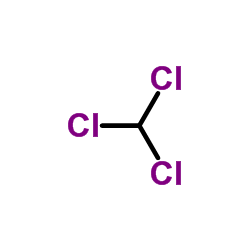 CAS#:67-66-3
CAS#:67-66-3 CAS#:56-23-5
CAS#:56-23-5 CAS#:7726-95-6
CAS#:7726-95-6 CAS#:34069-94-8
CAS#:34069-94-8 CAS#:10035-10-6
CAS#:10035-10-6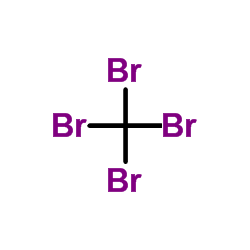 CAS#:558-13-4
CAS#:558-13-4 CAS#:3170-80-7
CAS#:3170-80-7 CAS#:16586-14-4
CAS#:16586-14-4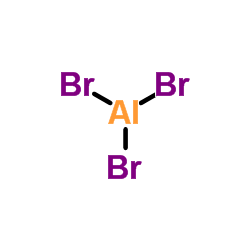 CAS#:7727-15-3
CAS#:7727-15-3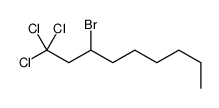 CAS#:1070-26-4
CAS#:1070-26-4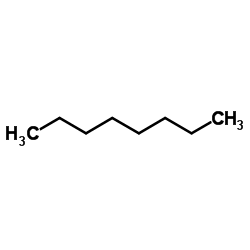 CAS#:111-65-9
CAS#:111-65-9 CAS#:13389-42-9
CAS#:13389-42-9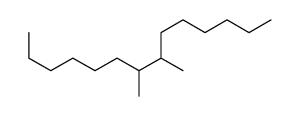 CAS#:2801-86-7
CAS#:2801-86-7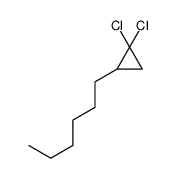 CAS#:5685-42-7
CAS#:5685-42-7 CAS#:557-35-7
CAS#:557-35-7 CAS#:152212-49-2
CAS#:152212-49-2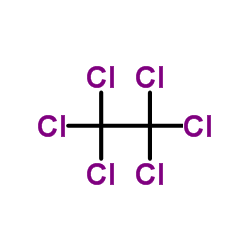 CAS#:67-72-1
CAS#:67-72-1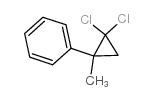 CAS#:3591-42-2
CAS#:3591-42-2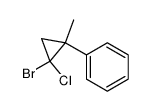 CAS#:65325-81-7
CAS#:65325-81-7
